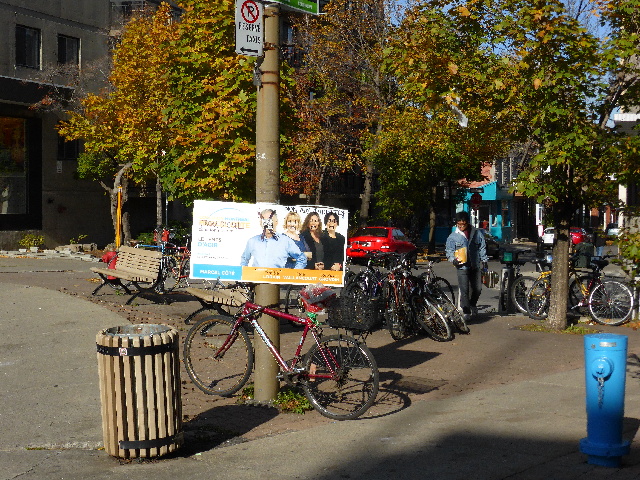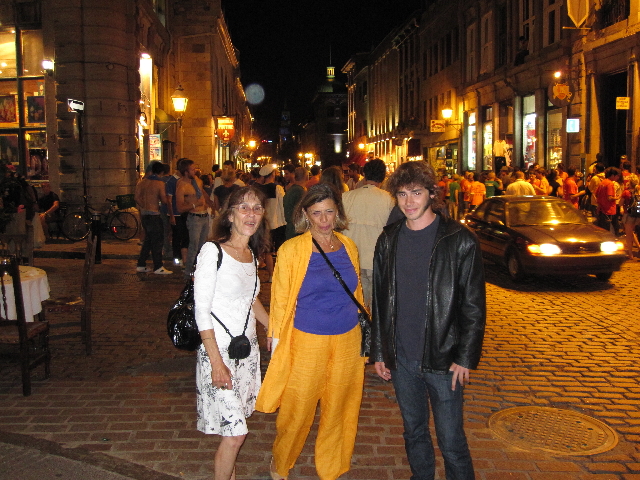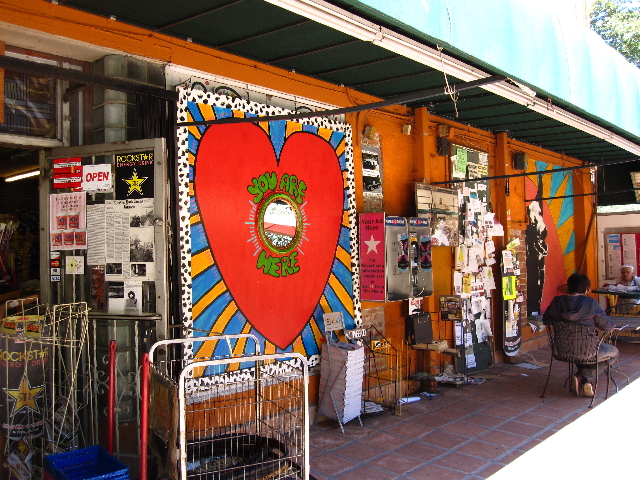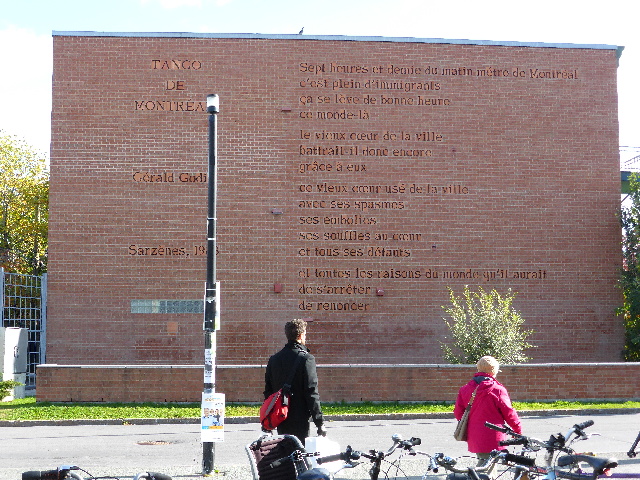Context
The domain of the sacred in most cultures deals with the narrative of origins and identity of humanity, and/or of the group, and is considered holy and untouchable along with its rituals. Think of the Bible or other sacred texts.
Conventionally, certain aspects of the natural or man-made landscape are amenable to be held as sacred, and therefore untouchable but for ritual occasions. They gain that status because of their physical uniqueness and/or because of their association with a historical fact or persons important to the origin and the identity of the group. Think of Gettysburg or Mount Rushmore or The Grand Canyon or The Redwood Forest.
Experiencing the sacred in our culture, outside of specifically assigned settings (cemeteries, places of worship) and occasions (birth, marriage and burial), involves probably being drawn beyond the superficiality of certain situations toward an awareness of their essence, be it of social or existential nature, that may be felt as a quieting hush coming over us.
Coming upon a stretch of shady street on a hot summer day, as shown in the feature image, the sudden coolness provided by the tree shade may make one feel, firstly, refreshed, then probably thankful for the planting of these trees.
Should the street be particularly quiet, we may experience a deeper awareness of city building and dwelling as the quintessential endeavor of human sociability it can be.
Describing the experience
As defined above, the notion of the sacred is not self evident as part of the everyday experiences and situations in the city, besides being rather ephemeral in scope, while underpinning a moment of deep awareness.
So bearing this in mind, when and where in the city can the sacred be experienced? What would it refer to? What would its relation to sociability be? Is it in the nature of an integrating cosmological narrative and its institutionalized rituals or, more simply, an awareness of local historic origin, or sentiments of individual rootedness in a collective identity issued from the particulars of some urban settings and pathways?
Whatever it is, that deep level of awareness is about sensing the essence of our relationship to others as mediated by the physical city and as promoted by a particular individual sensitivity.
So what are some possible moments of deep awareness, of private ritual moments, that may induce a sacred-like experience of, and in, the city?
I think of all these narrow streets of the Plateau neighborhood of Montreal lined with handkerchief front yards that manage to harbour a generosity of planting, seating, bike storing and inviting doorsteps, as so many mute offerings in a virtual ritual of entrance, to the so inclined passerby.
I think of some ordinary streets of the same neighborhood suddenly blocked to cross town car traffic, thereby creating meandering paths through the new slow-traffic precinct residents have carved out of the city. Drive through these and you can feel the same sudden hush one finds in any traditional sacred precinct. Walk through them and feel a bit of a stranger in someone else’s part of the city … but a welcome one, accepted through the ritual moment of alighting from car or bus … and walking.

I think of that fountain in the Pearl neighborhood of Portland, Oregon that sends water at ground level in a semi circular basin, only to have it return to its source in tide like fashion, that makes the children follow it en masse in a joyful, unstated, but remarkable ritual of togetherness.

I think of that corner of the same Pearl neighborhood where rainwater has been channelled from surrounding streets to feed a primeval marsh like vegetation that is to remain untouched … another watery neo-sacred precinct intuitively so recognized by the many families who come to keep company, on a holiday ritual, with the original matrix of life: explained, described and protected.

I think that when we choose places for extending a welcome to visitors we will seek places that seem to frame and join, seamlessly, past and present, origin and identity. Welcoming friends to our city by taking them on an evening ritual walk in the historic Old City, among the revelers, is one way of showing our new roots.

I think that The Old Market Deli in the Lauren Canyon Boulevard area of Los Angeles Township, with its display of historical photographs and other documents and paraphernalia of the neighborhood’s origin, is one place of ritual resistance to the behemoth city tied to its historic roots.

Discussion
The above search for the possibilities of experiencing sacred moments in the city, makes me realize that the sense of rootedness of people in the city and of the city’s in its environment and history, are identical as symptoms of, or pre-conditions to, such experiences.
Sometimes the city, incarnate in its people, can be a source of poetic inspiration as in that peon to the immigrant workers, with the title “Montreal Tango” authored by the late Gérald Godin, a distinguished poet, and very popular Minister of cultural communities in Québec’s provincial government.
That poem was eventually carved in a brick wall close to the Mount Royal subway station. Whenever I have some time I will stop and read and ponder these lines and, doing so, make room for experiencing a personal ritual moment of rededication to my city … and to its people.

Seven thirty in the morning Montreal metro
Full of immigrants
A world that gets up early
That the city’s old heart
Still beat thanks to them
This used old heart
With its spasms and embolisms
Its dirt and defects
And with all the reasons in the world
To stop beating and to give up.
(*my translation)
All photos by Maurice Amiel

